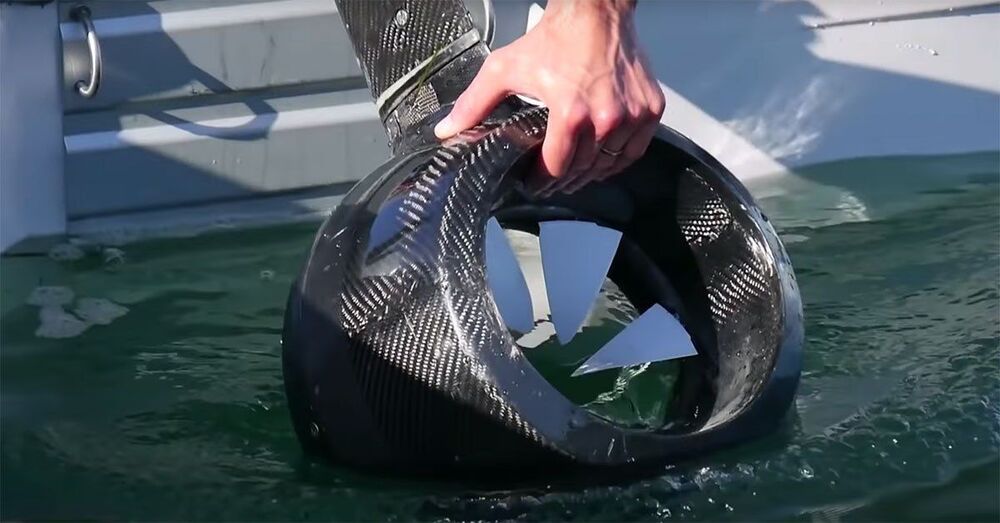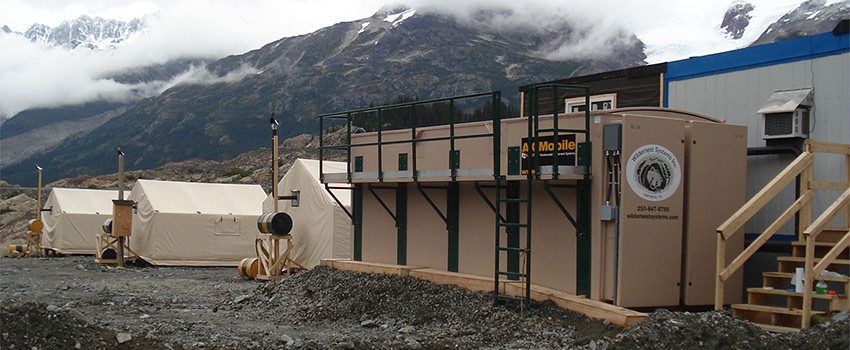I guess they can now make the diamond sword from minecraft! 😃
While traditional diamonds are formed over billions of years deep in the Earth where extreme pressures and temperatures provide just the right conditions to crystalize carbon, scientists are working on more expedient ways of forging the precious stones. An international team of researchers has succeeded in whittling this process down to mere minutes, demonstrating a new technique where they not only form quickly, but do so at room temperature.
Although the idea of creating diamonds in a laboratory in just a few minutes would be an appealing one for jewelers, rappers or those looking to pop a certain question, that’s not quite the aim of this type of research.
Artificial versions of this famously tough material could find use as new cutting tools to slice through ultra-hard materials, new kinds of protective coatings or other industrial devices where toughness is a desirable attribute. And recently we’ve seen some promising techniques developed that can turn fossil fuel molecules into pure diamonds, or make them from carbon nanofibers with the help of superfast lasers.







